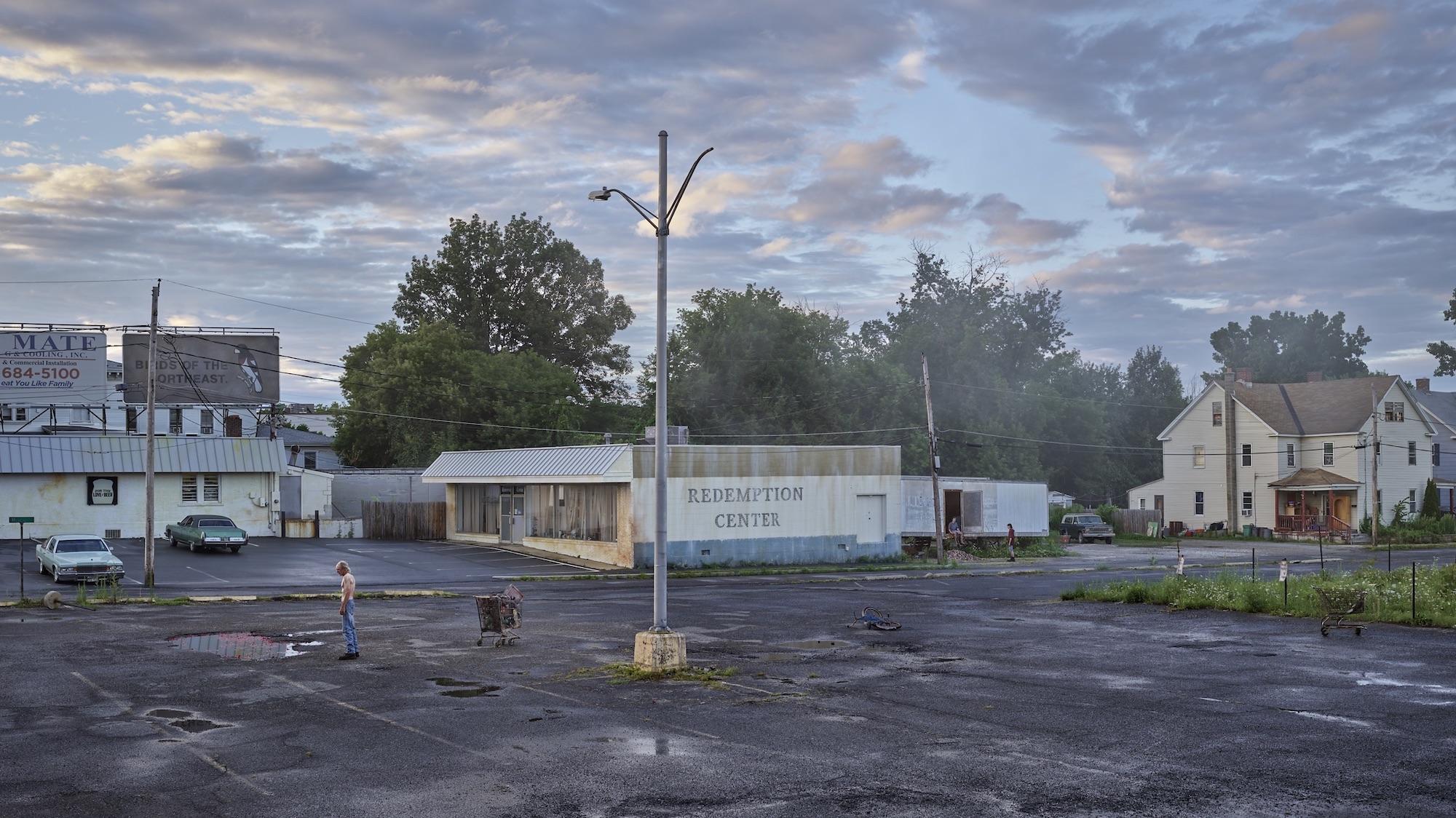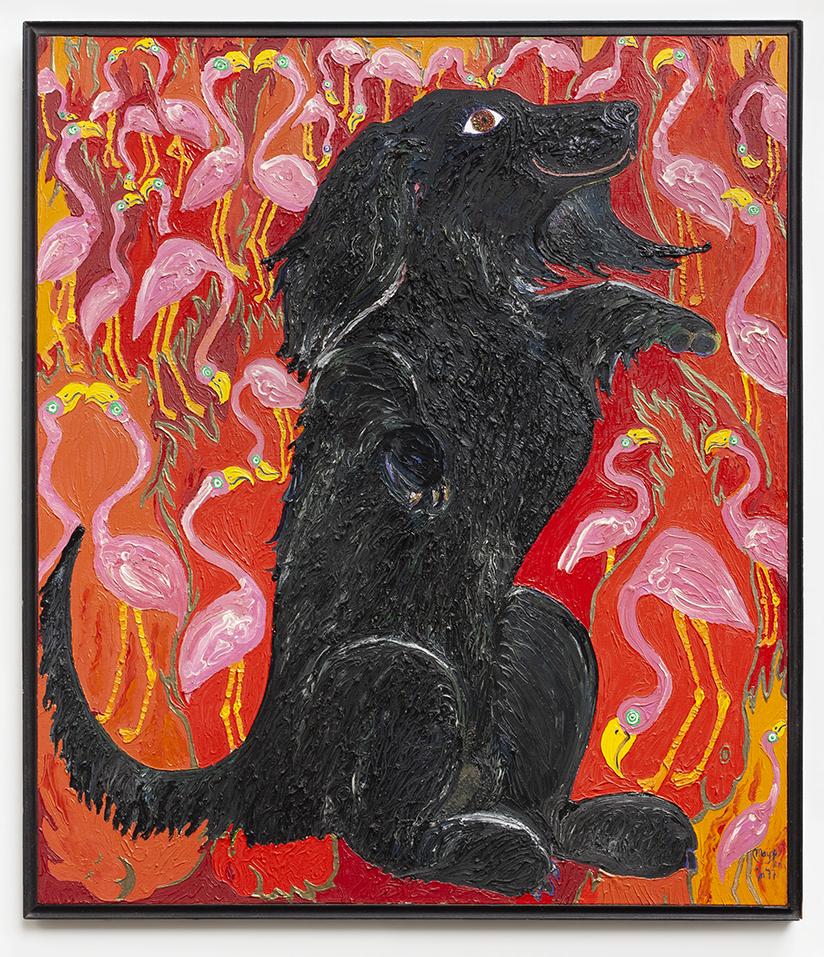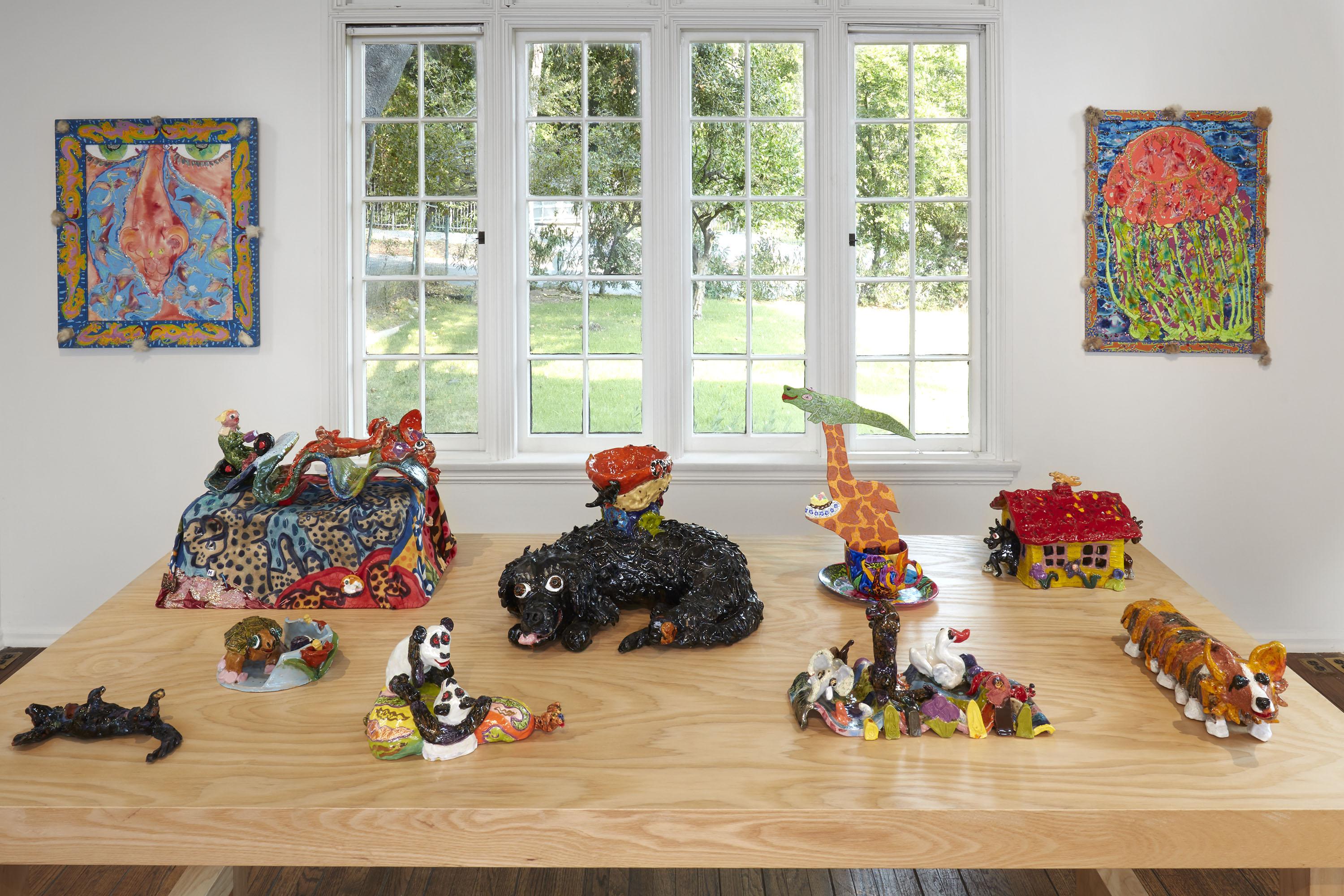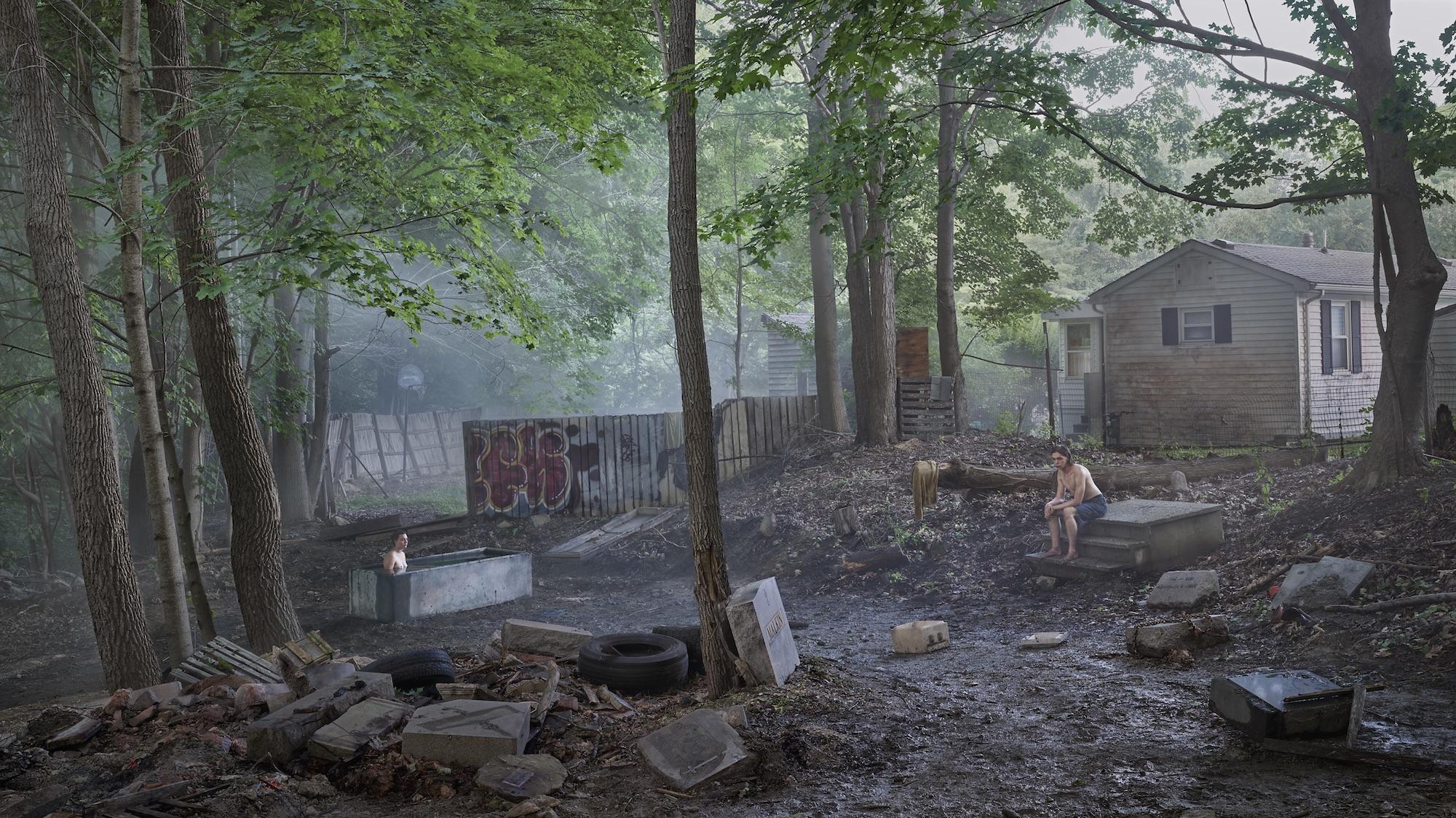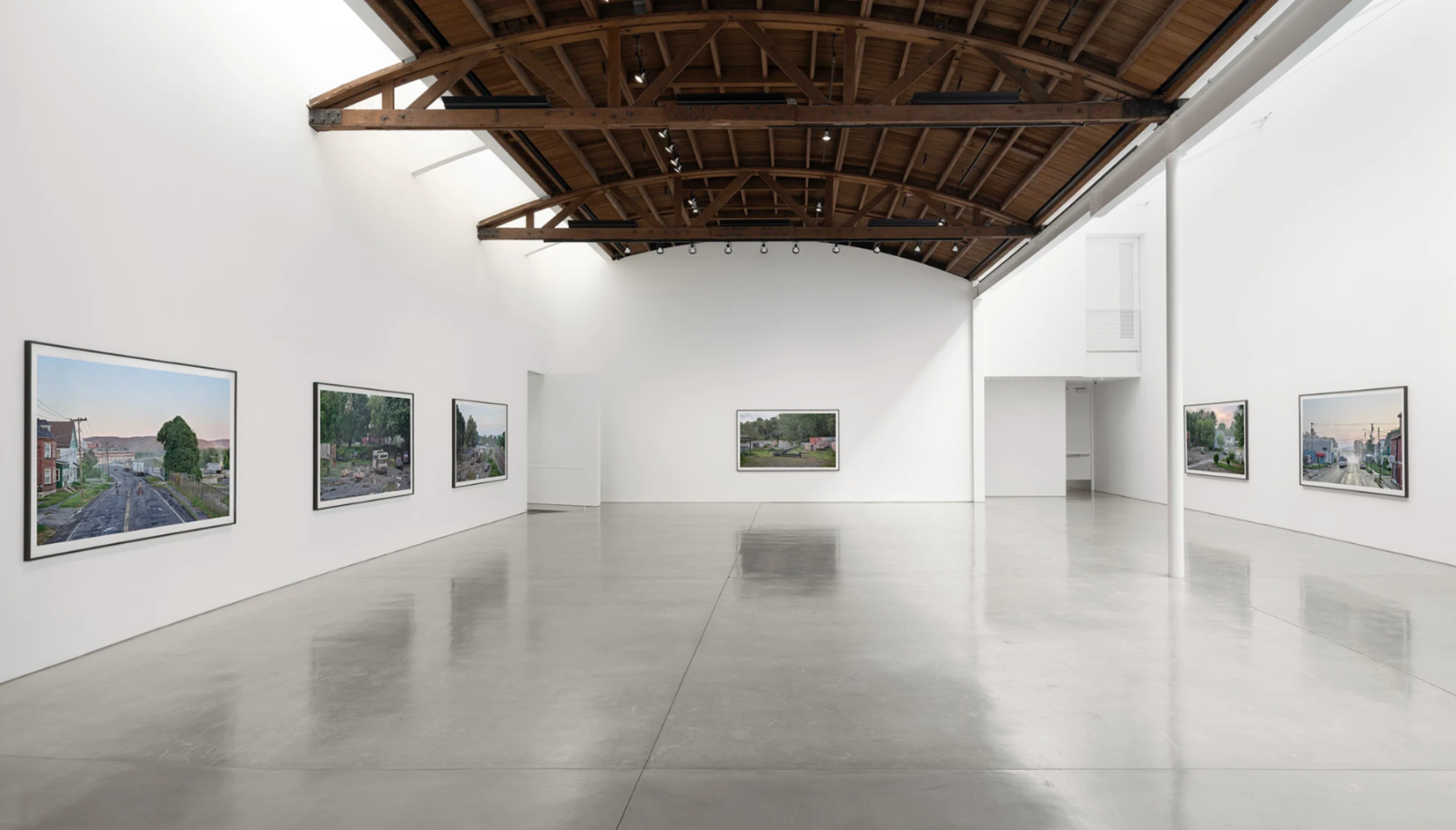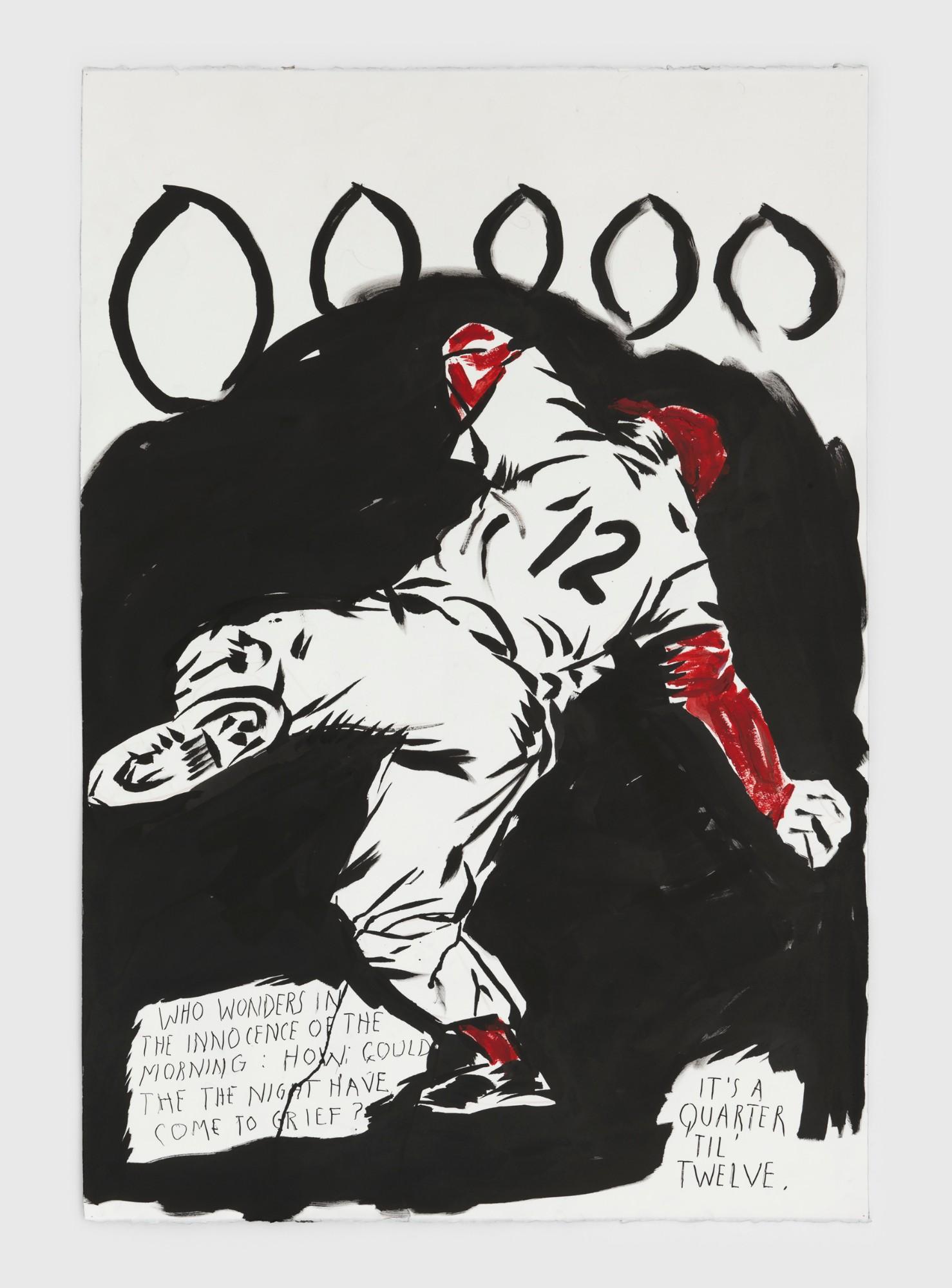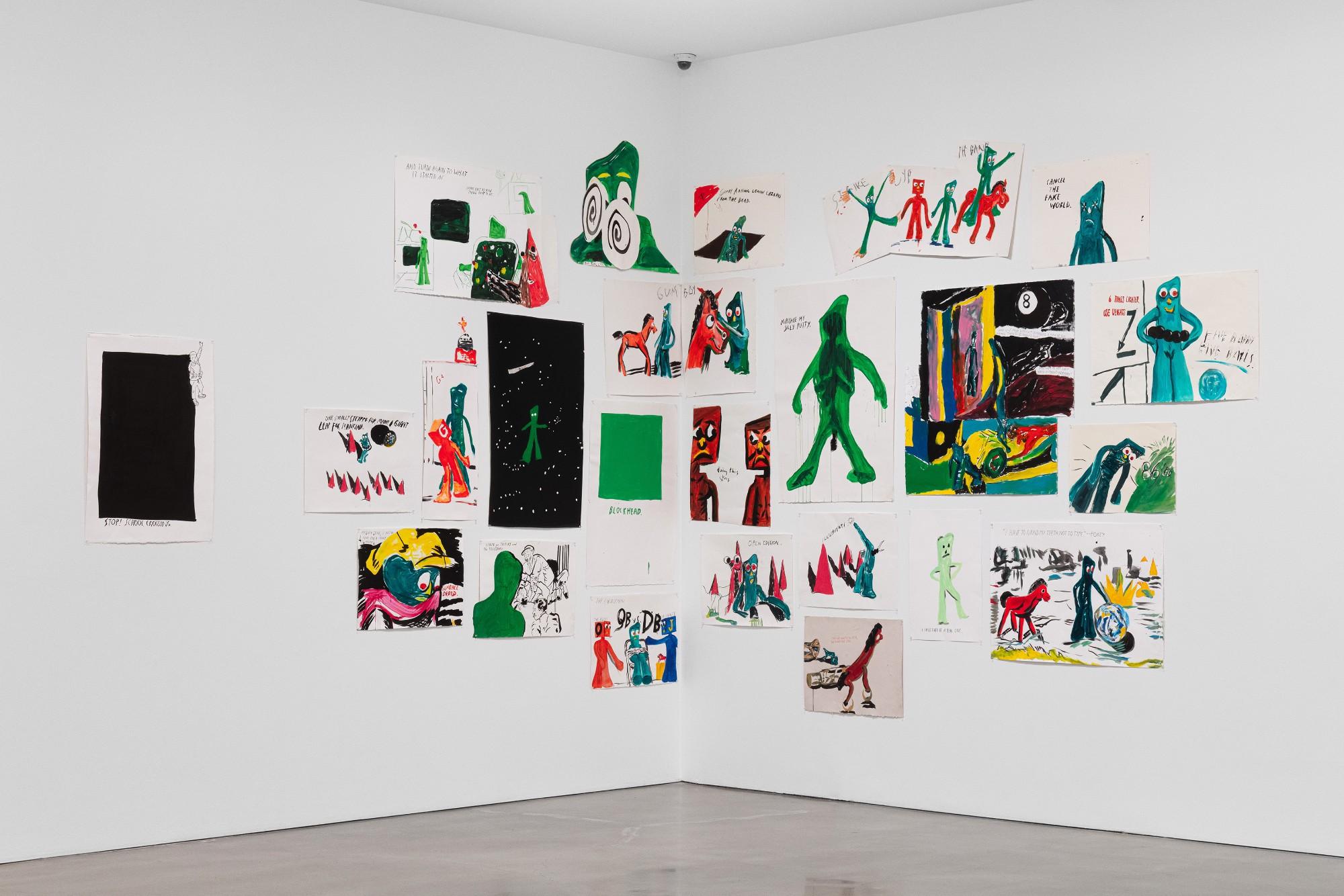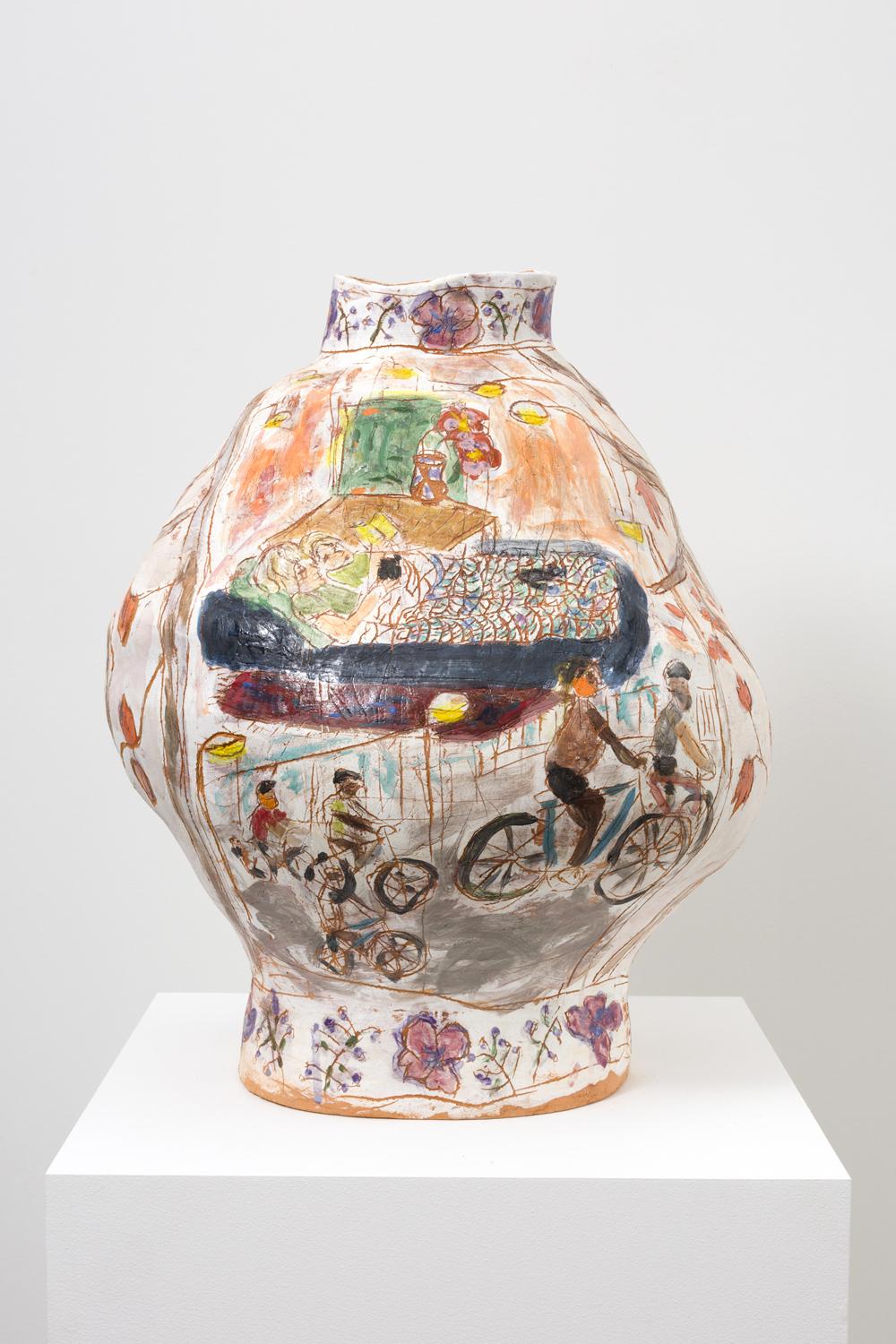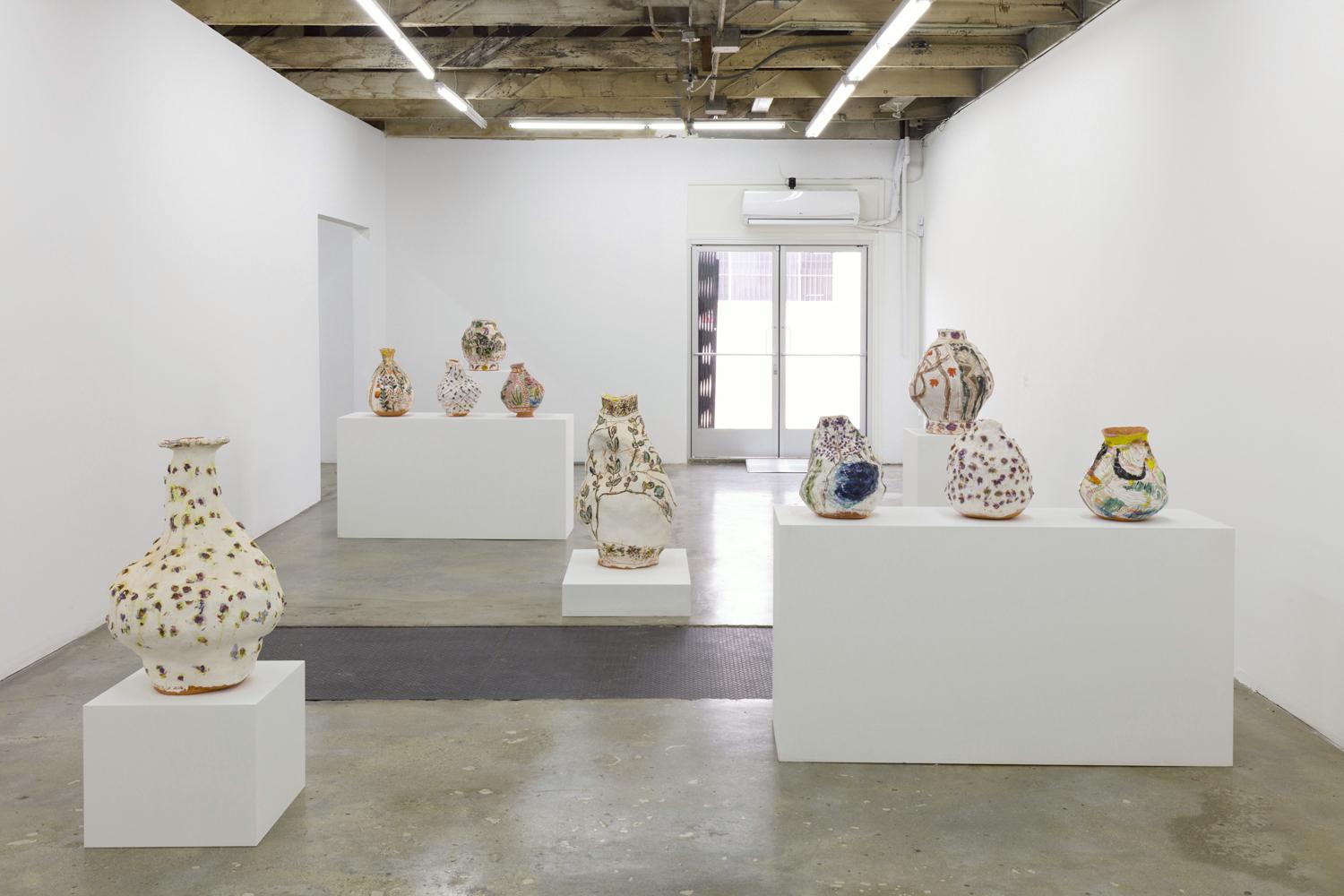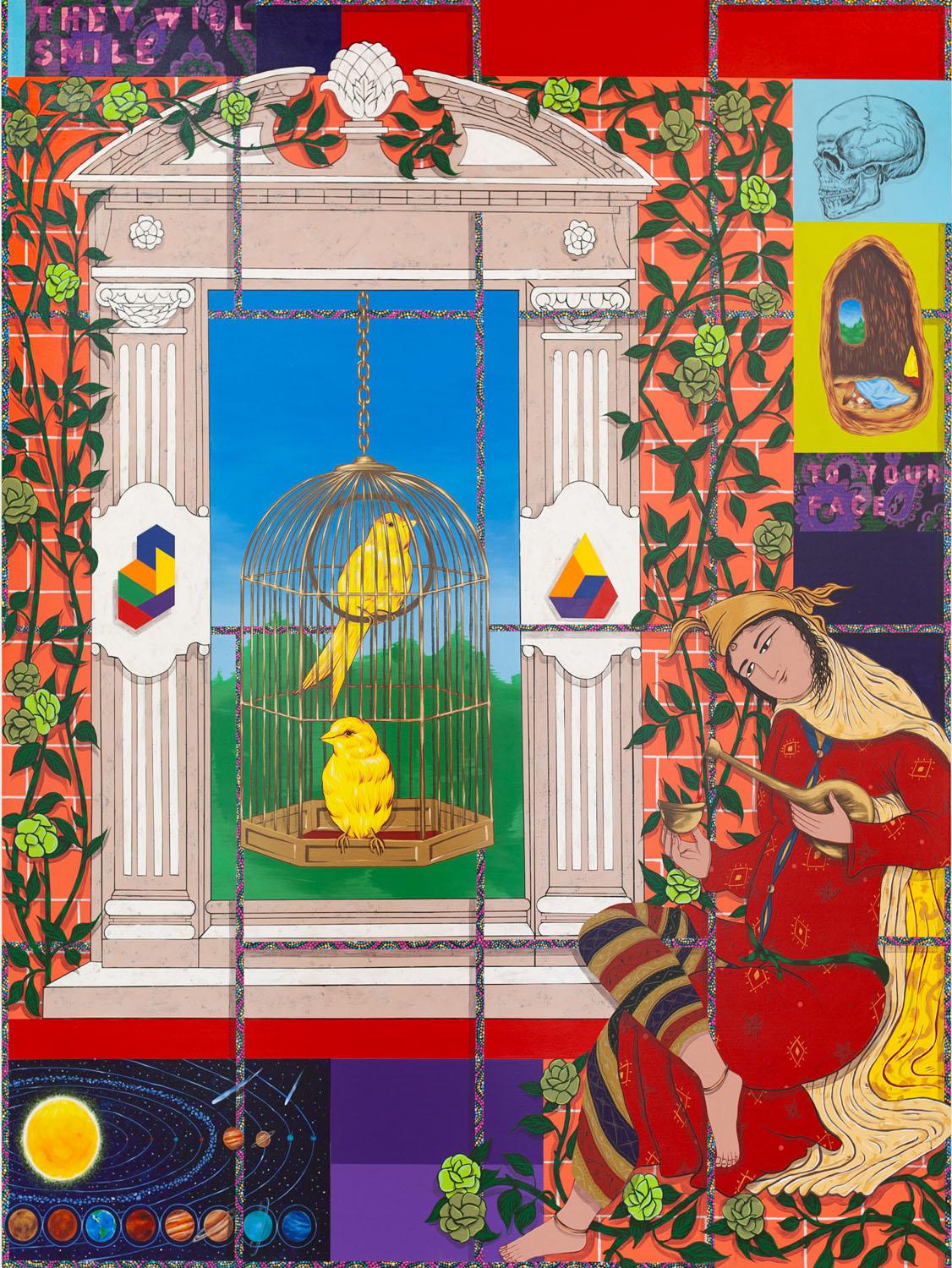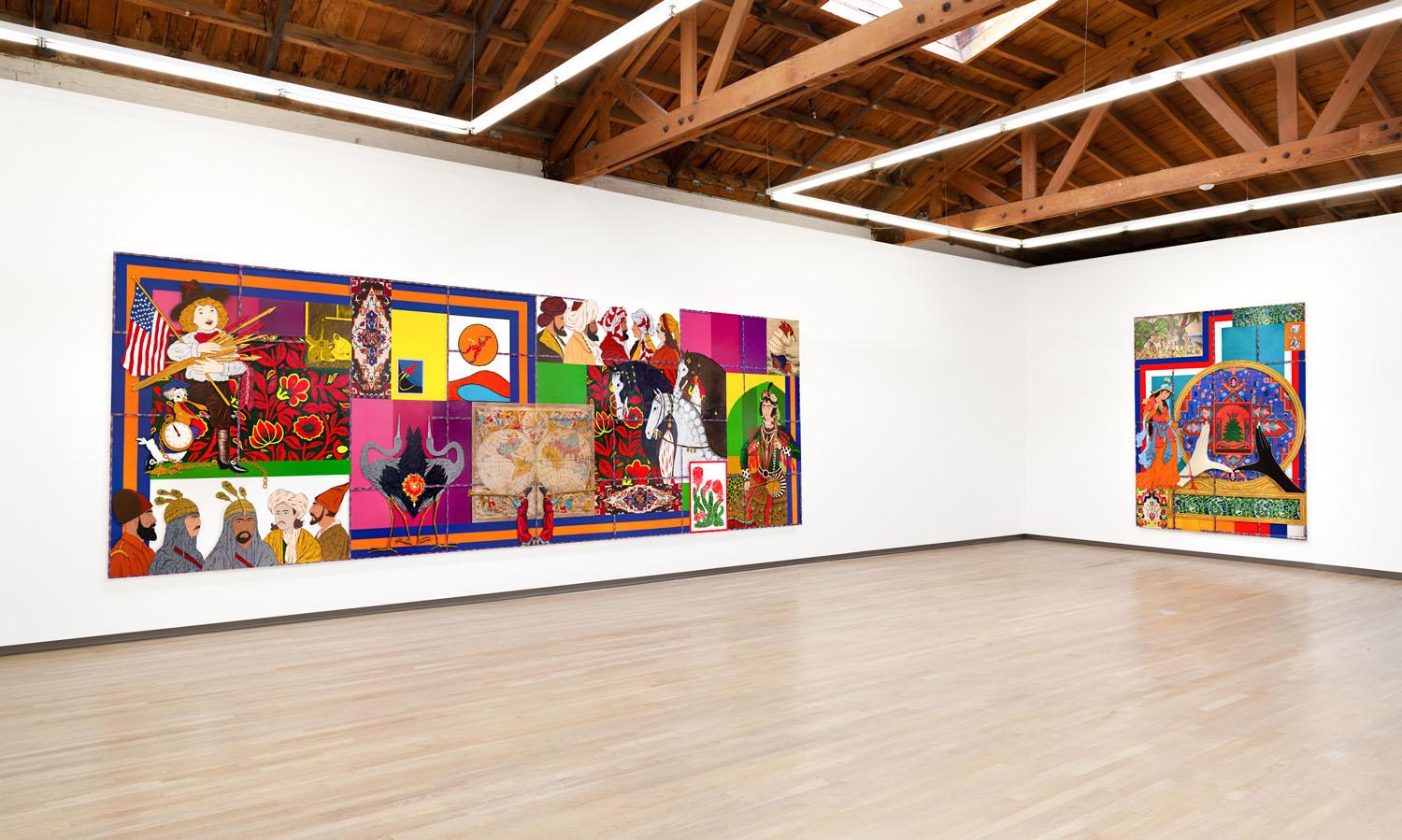Maija Peeples-Bright: beautiFOAL
Parker Gallery
September 13 – October 31, 2020
A student of Funk artists Robert Arneson and William T. Wiley at UC Davis, where she received an MFA in 1965, Maija Peeples-Bright went on to exhibit with the group until she, Arneson, Roy De Forrest, her husband David Zack and other Bay area artists formed the Nut Art movement. Peeples-Bright is a visionary artist who has created a personal mythology centered on animals, which she calls beasties, for the past fifty-five years. One of the stable artists at Folsom’s famous Candy Store Gallery, where she exhibited annually from 1965 to 1991, Peeples-Bright showed mostly in the Sacramento area before being rediscovered and resurrected by the greater art world in the past five years.
Presenting paintings, ceramic sculptures, and works on paper from 1964 to 2020, the exhibition beautiFOAL, which is her first solo show with the gallery, offers a lively overview of the 78-year-old artist’s enchanting practice. The 1969 painting Goose Lady Godiva, which is indicative of the colorful, naïve style of creativity that she has continued to pursue, portrays the nude noblewoman covered with illustrations of ducks and swans riding through a fairy tale realm. In the watercolors Pterodactyl Tears and Jackalope Jellyfish, from 1971 and 1972 respectively, she added glitter to adorn the ancient creatures and painted the frames with imagery of playful reptiles, while in the 1977 canvas Woof's Eternal Flamingo Flames she captures a begging dog surreally surrounded by flickering flames and pink flamingos.




